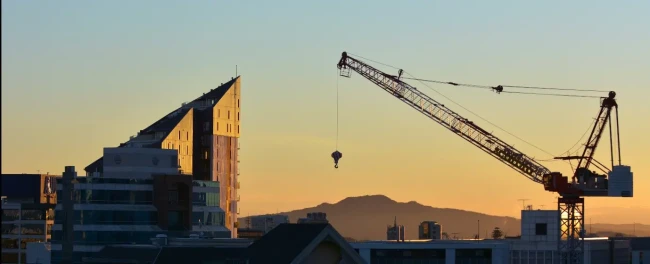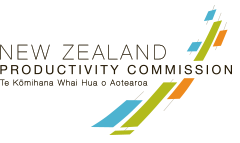No clickbait solution to lifting productivity

Lifting productivity is a complex challenge, but the solution is through ongoing and sustained investments over the long-term, instead of looking for quick and easy fixes.
Many of us lament that New Zealand’s productivity record is relatively modest. From nearly 84% of the OECD average at the turn of the millennia, we have now drifted to be around 80%. It’s even less favourable if we look at comparisons over a longer time horizon, and with other countries.
We may have our own thoughts on how to turn around this modest performance. While some point to the need for tax changes, or to improved numeracy and literacy skills, others point to adaptive management processes, changes to regulatory environments, or competition policy.
However, productivity is an amorphous concept that is not easily amenable to a clickbait solution.
Sadly, this will not be good news for those who are looking for a simple (and preferably quick and cheap) solution. Many of the above suggestions (and others) may help, but lifting productivity performance requires another, more essential element - a long-term perspective, an appetite for a long-term commitment to achieve the goal of improved productivity. Given a clearer understanding of where productivity is derived from, this may require changing our approaches and decision-making perspectives.
At its core, productivity is driven by nurturing, maintaining, and improving the resources we possess – bricks and mortar infrastructure, people and their communities, knowledge, creativity, and learning. From my perspective, how we label these resources, whether as assets, or ‘capital’, is inter-changeable. Nurturing, maintenance, and improvement of these resources (or assets) is, in economics terms, labelled investment.
We reap rewards from this investment. For individual firms, these rewards may flow through a range of metrics – revenue growth, profitability improvements, lower workforce turnover, reduced customer churn. From an economy-wide perspective, the rewards take the form of increased productivity that enable improved wellbeing for individuals and communities.
These investments can encompass enabling innovation, undertaking research and development, feeding the minds of our tamariki, or building new transport, communications, and market connections. With a productivity goal in mind, we must understand that these efforts are directed at reaping rewards over the long term. We must not be blind-sided by a desire, or expectation, for a quick pay-back. This is not a game for those after a fast buck.
Short-term impatience belies the very nature of the productivity challenge. Such impatience may reflect a conflation of productivity with sales revenues or even profitability. Short-term profitability may be improved by cost-reductions, or spending less on training, or deferring asset renewals and sweating existing assets to the bone. But production, output, or profitability measures are not the same as productivity. Production, output, or profitability measures in particular are not easily reconcilable with improved better living standards or wellbeing for all.
Productivity is, by definition, the ratio of outputs to resources used. This leads to the following scenarios:
- Using more resources - which reduces productivity.
- Using more resources and producing more outputs - which is likely to leave productivity standing still.
- Using better or improved resources in a better way to produce better and more outputs - which lifts productivity.
Improved productivity means more and/or better outputs alongside more and/or better resources.
With this perspective, productivity gains can be more easily reconcilable with delivering improved living standards and wellbeing for all. Spending and activities aimed at improving resources, (for example, natural amenities or people’s knowledge) can directly lift wellbeing through maintaining the mauri of the natural world, or the wairua of people and their communities. By using improved and better resources, wellbeing can also be lifted indirectly where there are resultant improved and better products and services for us to enjoy individually and collectively.
The quest for more and better resources lies at the centre of any investment story. Spending on resources, or assets, to improve their abilities, capabilities, and capacity to deliver products or services communities want is the very definition of investment in any economics textbook. For any investment pitch, though, the ultimate decision likely hinges on the time horizon - how long do we have to wait for the payback?
As for many of the challenges we face, there are no cheap and quick fixes to New Zealand’s modest productivity record. Whether it be lifting productivity, mitigating/adapting to climate change, or breaking the cycle of persistent and inter-generational disadvantage to ensure opportunities for all, there is no solution that does not involve a sustained investment of time, effort, and dollars, to nurture, maintain, and improve the wide range of resources we possess. These investments are not a ‘nice to have’ to be deferred to calmer times. In times of heightened uncertainty and anxiety, these investments are even more essential to ensure future opportunities remain (or become) available.
A long-term view of productivity, aligned with substantial and sustained investment effort in the range of resources we hold under our watch, is required to improve New Zealand’s modest productivity record. This fits well with taking a kaitiaki, or guardianship perspective on the nation’s resources or assets.
With a kaitiaki perspective uppermost in our minds, the Commission advocates for more meaningful and long-term investment to lift our productivity record and improve the wellbeing of all in Aotearoa – now and for future generations to come.
